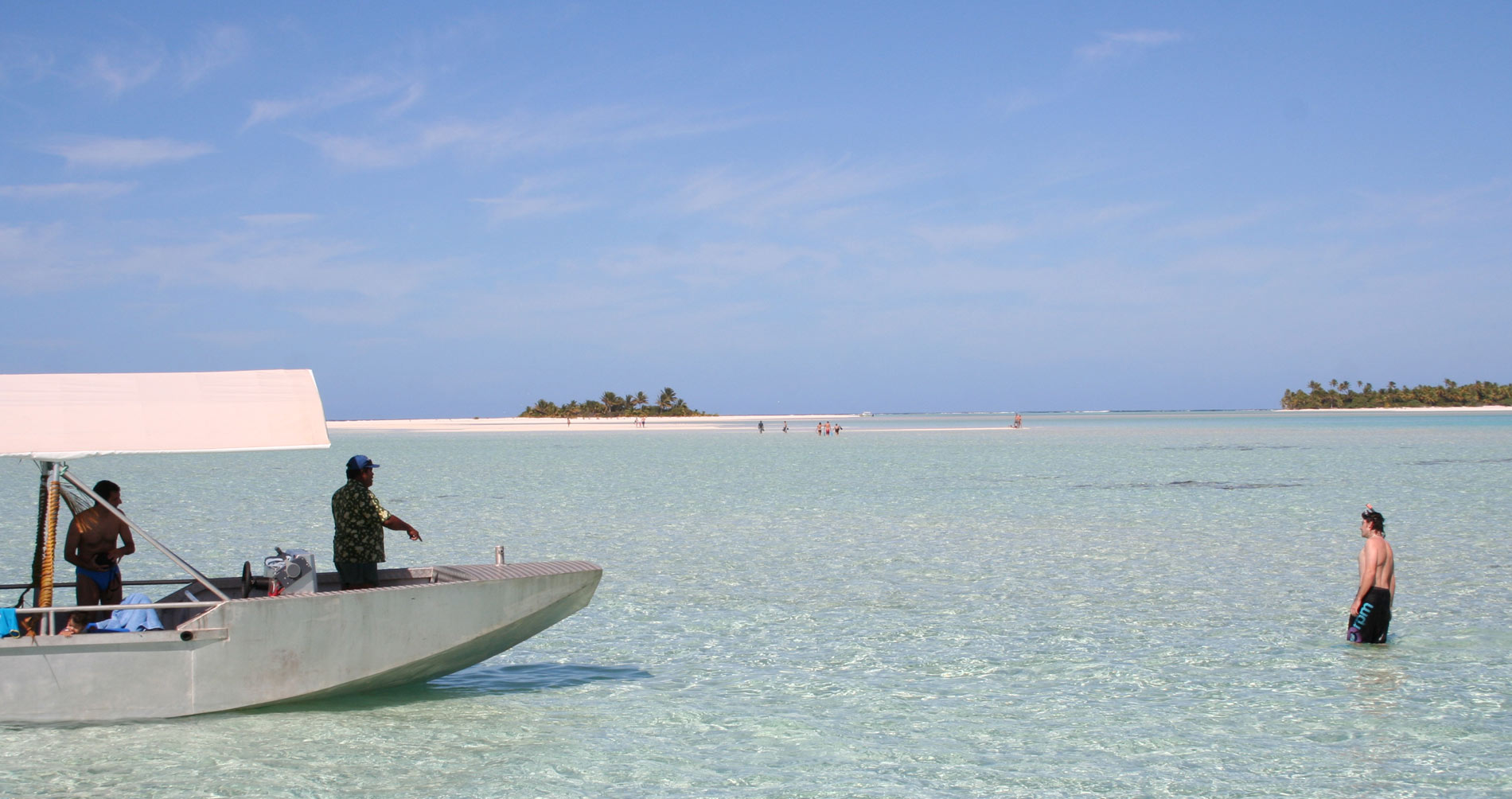How is Yellow Fever spread?
Humans become infected when they are bitten by a mosquito carrying the virus. These particular mosquito’s generally bite during daylight hours, around dusk and dawn. It can also be caught from a mosquito infected by a human carrying the virus.
What are the symptoms of Yellow Fever?
Most become suddenly unwell with some of the following:
- Flu-like symptoms
- Fever
- Chills and shivers
- Muscle aches
- Headache
- Decreased appetite
- Nausea and vomiting
- Slow heart rate
More severe symptoms of the disease:
- Jaundice (yellow skin and eyes)
- Abdominal pain
- Bleeding (vomiting blood, blood in bowel motions, nose bleeds, bleeding gums)
- Kidney failure
- Liver failure
Who is at risk?
There is increased risk of the disease with travel to jungle regions where it can be caught from mosquito’s which have bitten infected monkeys. There are occasional outbreaks in built up, urban areas where the disease is caught from mosquito’s infected by other humans.
Many countries around the world require travellers to provide a Yellow Fever Certificate before entry in or exit out. This is to prevent the disease from spreading. Only Yellow Fever certified vaccination clinics, such as Worldwise can do this for you.
How to avoid Yellow Fever
There is a Yellow Fever vaccination available at Worldwise clinics. It is a specialist vaccine which can only be given by a specialist.
In addition, there are steps you can take to reduce your risk of being bitten by infected mosquitoes.
- Use insect repellent on exposed skin surfaces, particularly during the day.
- Repellents containing 30% to 50% DEET (N,N-diethyl-m-toluamide) are recommended.
- Clothing and mosquito nets can be treated with Permethrin for greater protection.
- Burn Mosquito coils in the immediate area. CARE is suggested here because breathing problems, or even asthma, may rarely develop.
- Electric plug chemicals will also help to repel mosquitoes from a room.
- Spray a “knock down” insecticide in sleeping and living areas.
- Understand the feeding and behavioural patterns of the mosquito carrier.
- Stay in accommodation that is well screened, or has air-conditioning, and that takes measures to reduce the mosquito population, where possible.
- Reduce mosquito breeding sites by emptying standing water that may have collected in containers (eg: uncovered barrels, tyres or flower vases) by either overturning the vessels or covering the opening.
- If illness develops, take precautions to limit mosquito bites and to avoid further spread of infection, eg: use a mosquito net
- Avoid perfumes: mosquitoes are attracted to scents.
Further information about Yellow Fever
There is increased risk of the disease with travel to jungle regions where it can be caught from mosquito’s which have bitten infected monkeys. There are occasional outbreaks in built up, urban areas where the disease is caught from mosquito’s infected by other humans.
Many countries around the world require travellers to provide a Yellow Fever Certificate before entry in or exit out. This is to prevent the disease from spreading. Only Yellow Fever certified vaccination clinics, such as Worldwise can do this for you.
Please note that the recommendations given are general guidelines as to what may be required for a trip to these countries. However, they really do depend on many factors of your travel itinerary and medical history. All travellers are strongly advised to make an appointment to see a WORLDWISE Travel Doctor for up to date advice (including a vaccination plan and anti-malaria recommendations) tailored specifically to your upcoming trip.
Remember, our Travel Health Specialists are travellers too and have probably been to the region that you are going to. They appreciate the importance of enjoying a problem-free trip and of staying healthy abroad.

